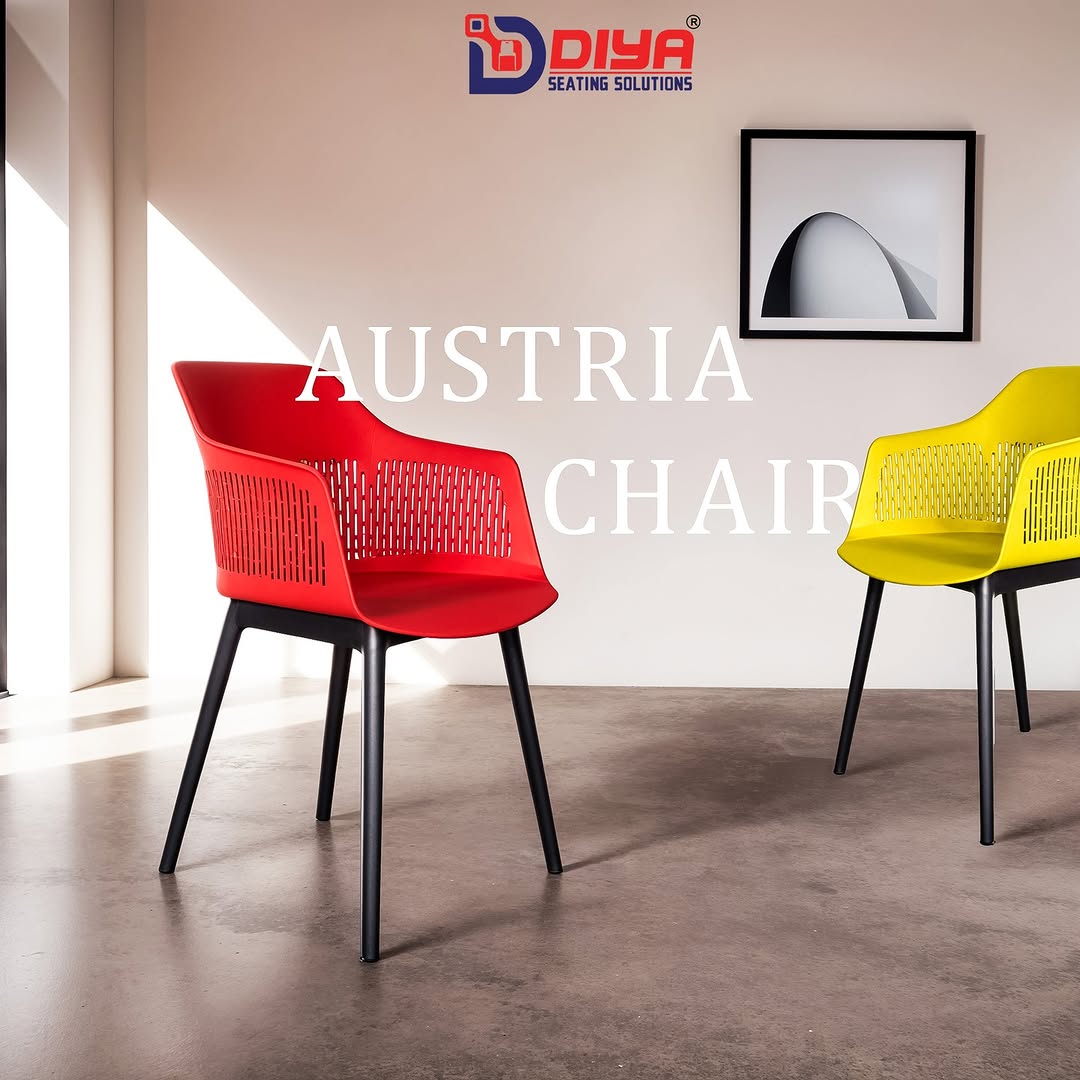
The Business of First Impressions: How Branded Seating Elevates Spaces
Share
In business and first impressions are not soon forgotten. Even before a word is uttered or service is given, your physical space does the talking — and quite often, your furniture speaks loudest. From the corporate boardroom to hotel lobbies, retail showrooms, and healthcare clinics, the furniture in your waiting or The welcoming space subtly interacts with guests who you are and what matters most to you.
Branded seating — i.e., seating specifically selected to match your company's brand and customer perceptions — is more than a decoration. It's a strategic element that enhances your environment and reinforces your message. Here's why.
1. Your Seating Represents Your Brand Identity
The furniture you choose is your brand language. Sleek and minimalist seating strategic element that efficiency. A software company can use modular furniture collections that communicate quickness and creativity.. Rustic wood benches may communicate authenticity or sustainability.
Ask yourself: What should one feel to be soon to be they enter? Seating converts that emotion into a tangible entity. For companies, that visual and sensory congruence with brand values adds to consistency in all customer touchpoints — from your website to your office.

2. Design That Tells a Story
Branded seating isn't plastering logos onto cushions — it's creating an experience. Colour palettes, fabrics, shapes, and textures combine to reinforce the story of your brand. A software company can use modular furniture collections that communicate quickness and creativity A high-end law firm may choose luxurious leathers and dark wood for one of sophistication and credibility.
Intentional design informs customers, "We know who we are — and we've considered your comfort, too."
3. First Impressions Are Based on Comfort
Though looks matter, comfort must not be sacrificed. Regardless of how attractive, seating that's hard, ungainly, or pinched detracts from the customer experience. Even worse, it could that your business prioritizes looks over functionality.
Branded seating must meet form and function — supporting your message while making guests Feel free to come and comfortable. Comfortable guests are more tolerant, more laid-back, and increased likelihood of depart with a good impression.

4. Practical Elegance Is Value-Enhancing
The most desirable The options for seating aren't merely chic — they're functional. For example:
"Built-in USB ports subtly signal that your space is modern and tech-savvy."
Armchairs with supportive arms assist Accessibility is illustrated by senior or mobility-impaired tourists.
Roomy benches or extra-wide chairs support every body type, reaffirming becomingness.
It was just Amazing. how effectively the branding and functionality worked together. Design is Outstanding. "Well-designed spaces reflect foresight; every detail should say, 'We thought ahead.'"
5. Long-Term Thinking Mirrored in Durability
"Commercial-grade, high-quality furnishings make a powerful statement about your brand’s dedication to quality and care."
While It may show up easier to opt for less expensive substitutes, affordable seating tends to have indirect costs: continuous corrections, apparent wear, and replacements that slow down your business process.
Making A higher starting investment of funds in long-lasting, well-made seating is good business sense in the long term. It to be puts customers at riskse that your company is made to last — and that you don't skimp on comfort and appearance.

6. Inclusivity and Accessibility Matter
Genuinely branded spaces are welcoming. That involves choosing seating that accommodates a wide variety of needs — from elevated seat heights for seniors to armless or large models for guests who are larger than average.
When Everyone, irrespective of ability or shape, can feel invited and supported, your space doesn't merely look great — it feels great too. Consideration and social responsibility are illustrated by inclusive design, which is good for your company.
7. Sustaining Sustainability and Ethics
Today's consumers are more environmentally and socially aware than ever before. Opting for seating made of sustainable materials or from ethical producers can support your values.
Green furniture is not a going by trend — it's a message. It illustrates to guests that your business cares about the wider community and supports global initiatives for sustainability and responsible use.
